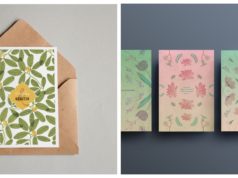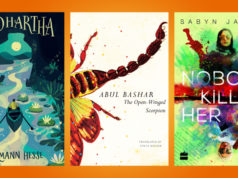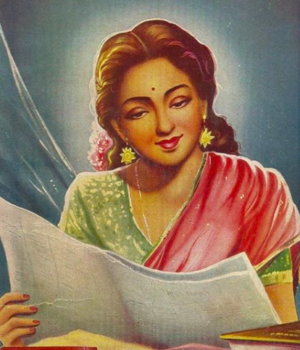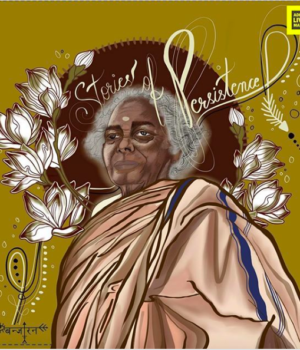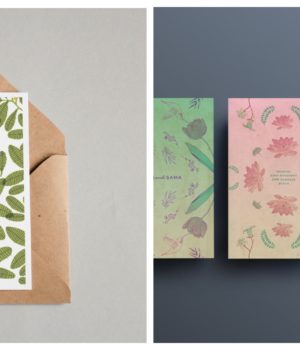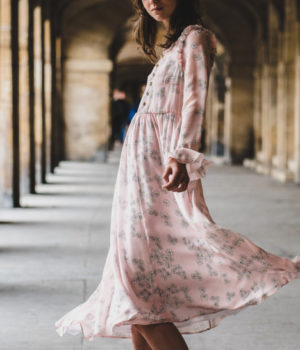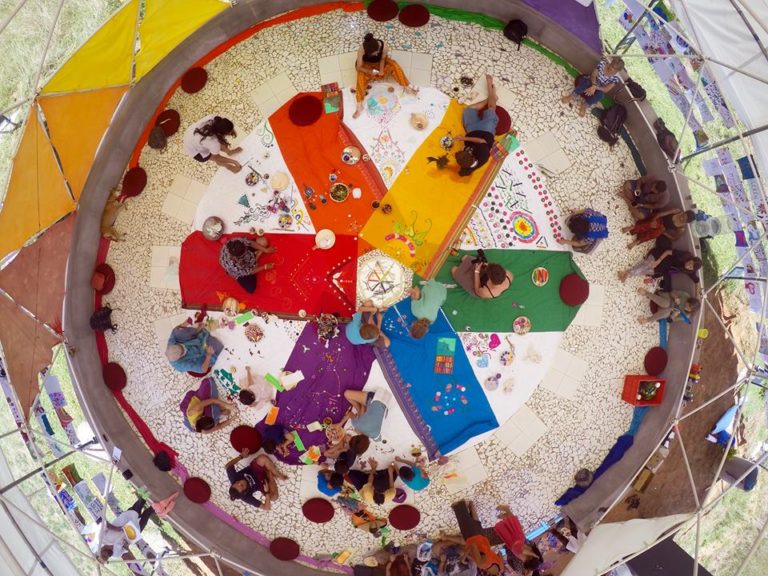
Sometimes, it’s difficult to articulate emotion to friends, family or even a shrink. This is where art therapy can make a difference. Using paint, paper, music, dance and drama can all help to express thoughts, experiences and trauma, when words fail, and make you feel heard and valued.
In India, art therapy is still a recent development, but one that is slowly growing in popularity, thanks to institutions like Sankalpa which are leading the way.
Sankalpa, a Pondicherry-based foundation, has offered people a safe haven for creative expression for the past 8 years. It is amongst the few in India that offers art therapy and creative empowerment programs to help people develop insight and connect through art.
We spoke to Krupa Jhaveri, the founder of Sankalpa, about just why people should be paying more attention to art therapy:
1) Why do you think art therapy has a good prospect in India?
Art is inherent in daily life in India and has been for centuries. Now is the opportune moment to revitalize this connection and help individuals remember metaphor and meaning as represented within art as a tool for healing.
2) The field or art therapy is often misunderstood. Is there any misconception you’d like to clarify?
Art therapy is different than art alone or crafts. Due to the competitive and commercial perceptions of art (product versus process) and the stigma and lack of knowledge about basic psychology – art therapy is a nuanced and layered field.
Arts and crafts can be relaxing, playful, even foster connection and learning – but art therapy is a deeper journey which can lead to self-awareness, connection to metaphor in various media, healing of trauma, emotional regulation and life transformation.
Art therapy is facilitated only by a trained professional who is in personal therapy and supervision and understands the complexity of each detail in offering therapy catered to the client instead of themselves.
3) Did art help you while growing up? Was there any personal experience which made you interested in art therapy?
Art saved my life! Art was my sole reliable companion, my safe space to process traumatic experiences in my home for many years of my childhood. This formative and intuitive connection developed into a deep passion, and helped me to now offer the same opportunity to others.
3) What prompted you to start programs for creative literacy, art therapy and creative empowerment?
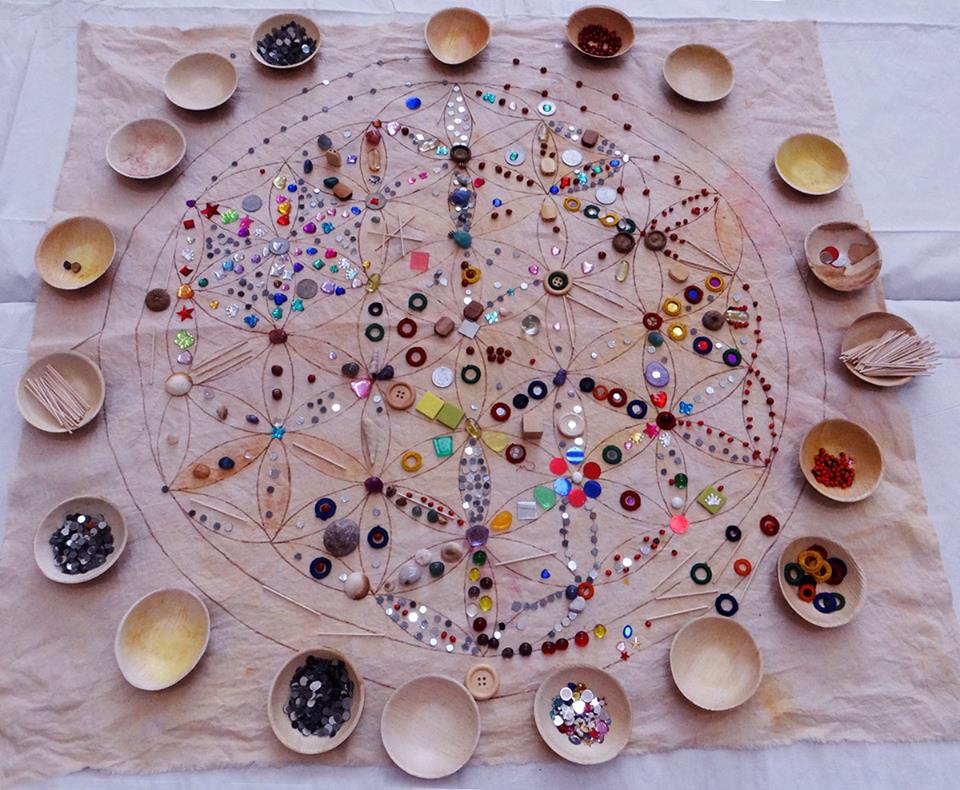
The majority of Indian education only teaches art within a judgemental space, if at all. Creative literacy is the first step towards self-expression.
Art therapy is the safe space beyond right and wrong which is missing and welcome throughout India. The existing interest and capacity for art can be reframed therapeutically by trained professionals to assist in growth, awareness and transformation.
There are many marginalized people with low or damaged sense of self, reinforced by pressures of family and society. An approach to empowerment allows art to become a tool for imagining and eventually manifesting change in their lives.
4) Why do you think there should be an investment in centers dedicated to art therapy like Sankalpa?
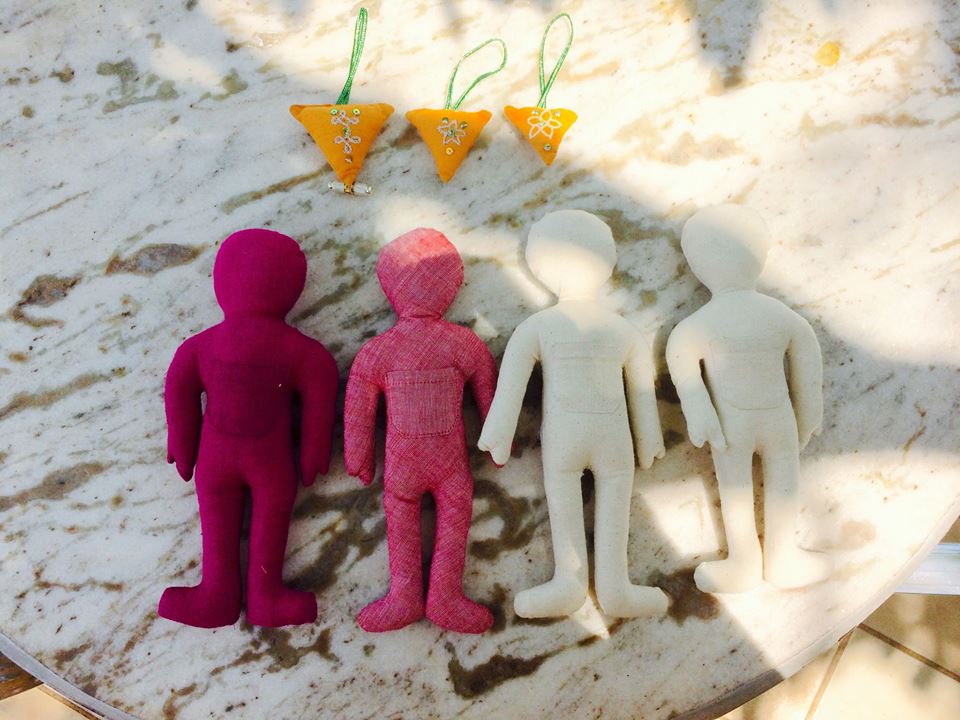
There is a rapidly growing interest, perpetual need and cultural relevance for art therapy here and now! As India develops and external consumption is increasingly the focus, we need the balance of safe and creative spaces like Sankalpa to dive within and grow, heal and connect through art.
5) What kind of response have you received so far for the workshops?
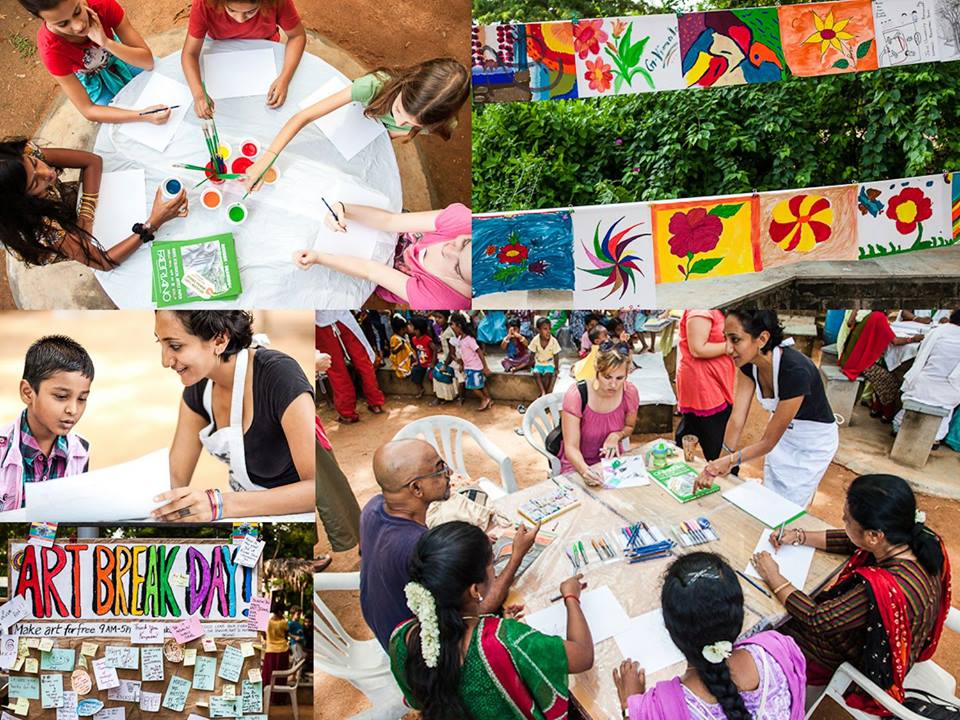
The response is positive. It is always about finding the right fit of a medium to a population and their needs. Long-term journeys have the most impact and one good example was a process of stitching affirmation dolls with village adolescents exploring identity, storytelling, and body awareness. Art is only the tool, for many, it is the personal insight and depth of process which is striking and memorable.
In the fields of creative literacy and art therapy, the work Salkapa is introducing and nurturing is really worth appreciating, especially since their education and afterschool programs have fostered concentration, positive thinking and community bonding.
Follow them on Facebook or have a look at their website to learn more about them.
Featured images credit: Sankalpa Art Journeys
Written by Disha Mukherjee

